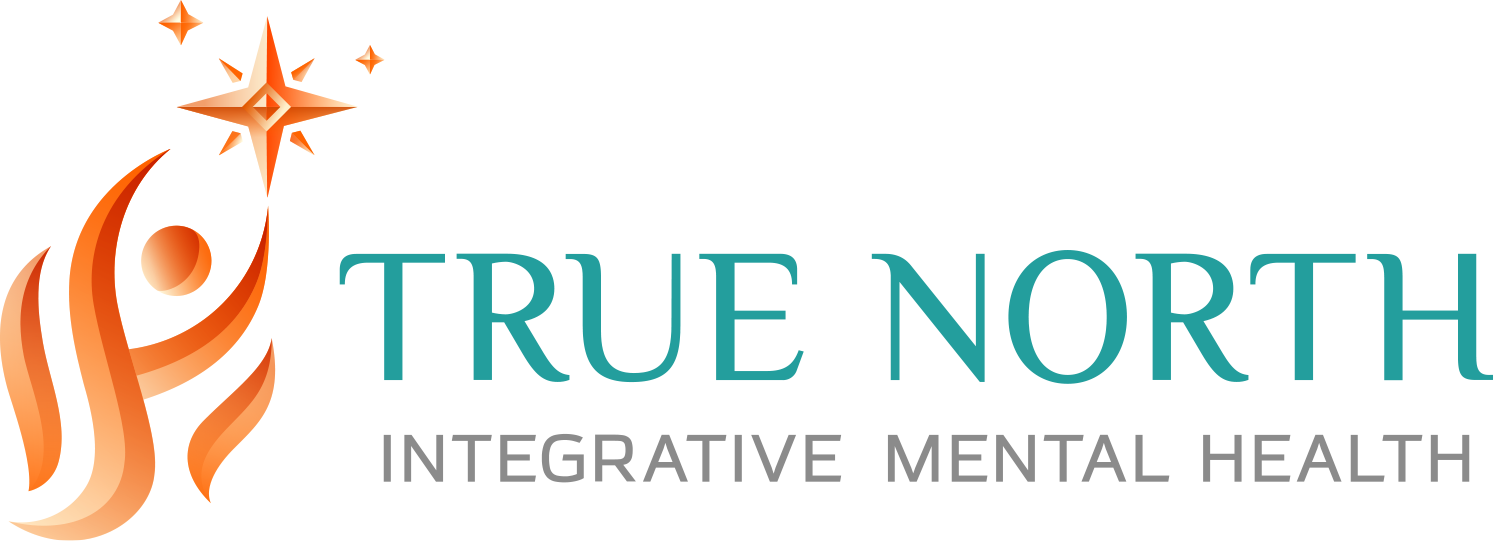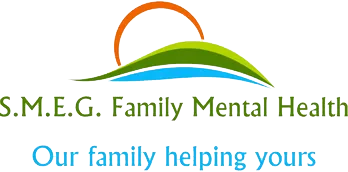Everything You Need To Know About Trauma and PTSD
Dr. Jamie Rogers • May 22, 2024
Experiencing trauma can feel overwhelming and confusing. Whether it's from an accident, loss, or any other distressing event, it can leave a lasting mark.
PTSD, or Post-Traumatic Stress Disorder, is one way our minds and bodies react to trauma. It’s important to know that you’re not alone and many people face similar challenges.
This guide will explain the basics of trauma and PTSD in easy-to-understand terms. We’re here to help you learn more and find ways to cope.
Let's take that first step together in understanding and healing.
Defining Trauma and the Spectrum of PTSD
Trauma is defined as a deeply distressing or disturbing experience that overwhelms an individual's ability to cope. It can result from a variety of situations, such as accidents, natural disasters, or emotional abuse.
While everyone responds to trauma differently, some common symptoms include intense feelings of fear, helplessness, and emotional numbness.
Post-Traumatic Stress Disorder (PTSD) is a psychiatric disorder that can develop after experiencing or witnessing a traumatic event. People with PTSD might have flashbacks, nightmares, severe anxiety, and uncontrollable thoughts about the event.
The symptoms can range from mild to severely debilitating. It's important to understand that having PTSD is not a sign of weakness, but a natural response to profoundly stressful situations.
Recognizing the signs of trauma and PTSD early on can be incredibly helpful in managing their impact on your life. Education and support are key to navigating the journey towards recovery.
You are not alone, and there are many
resources and
professionals ready to assist you in this process.
Understanding the Impacts of Trauma
The impacts of trauma are far-reaching and can affect every aspect of a person’s life. It's essential to recognize these effects to foster a supportive environment for recovery.
- Emotional Impact: Trauma can lead to a variety of emotional challenges including anxiety, depression, and difficulty managing stress. It may feel hard to experience joy or to connect with others emotionally.
- Physical Symptoms: Trauma can manifest physically through symptoms such as fatigue, insomnia, headaches, and other chronic health issues. These physical signs are the body's way of responding to overwhelming stress.
- Behavioral Changes: A person who has experienced trauma might exhibit changes in behavior, such as withdrawal from social activities, changes in eating habits, or an increase in risky behaviors like substance abuse.
- Cognitive Effects: Trauma can also impact cognitive functions. This can include memory problems, difficulty concentrating, and a sense of being constantly on edge or hyper-vigilant.
- Relational Impact: Trauma can affect one's relationships with friends, family, and colleagues. Increased irritability, trust issues, and feelings of detachment are common, potentially straining these relationships.
- Professional and Academic Performance: The cumulative effects of trauma can extend into one's professional or academic life.
Recognizing Trauma in Yourself or Others
Identifying trauma is a crucial step in seeking help and beginning the healing process.
Common Signs and Symptoms
Symptoms of trauma and PTSD can include:
- Flashbacks and intrusive thoughts
- Avoidance of reminders of the event
- Hypervigilance and heightened startle response
- Emotional numbness or detachment from others
- Irritability and mood swings
Recognizing these signs in yourself or others can prompt early intervention and support.
Coping Strategies for Trauma Survivors
Developing healthy coping mechanisms is vital for managing the symptoms of trauma and fostering resilience.
Healthy Coping Mechanisms
- Mindfulness and Relaxation Techniques: Practices such as meditation, deep breathing, and yoga can help calm the mind and body.
- Physical Activity: Regular exercise can reduce stress hormones and improve mood.
- Creative Outlets: Engaging in creative activities like writing, art, or music can provide a therapeutic release of emotions.
- Support Networks: Building a network of trusted friends and family can provide emotional support and a sense of security.
Avoiding Triggers
Identifying and avoiding triggers that exacerbate symptoms is crucial. This might involve creating a safe and structured environment and setting boundaries to protect your well-being.
Seeking Professional Help
Taking the step to seek professional help is an important part of the healing process. Mental health professionals are trained to provide the support and guidance needed to navigate the complexities of trauma and PTSD.
They can offer personalized treatment plans that may include psychotherapy, medication, or a combination of both.
Types of Therapy
- Cognitive Behavioral Therapy (CBT): This therapy focuses on changing negative thought patterns and behaviors. It's particularly effective for decreasing the impact of trauma-related symptoms.
- Eye Movement Desensitization and Reprocessing (EMDR): EMDR helps individuals process and integrate traumatic memories using specific eye movement techniques.
- Exposure Therapy: This involves gradually confronting trauma-related fears in a safe and controlled environment, helping to reduce their power over you.
- Group Therapy: Sharing experiences in a group setting with others who have faced similar challenges can provide a sense of community and mutual support.
The Journey to Recovery
Healing from trauma is a journey that can be profoundly transformative. It's important to remember that there is no one-size-fits-all approach, and everyone's journey may look different.
With patience, understanding, and support, it is possible to find ways to cope and move forward towards a fulfilling life after trauma. Remember, you are not alone in this process.
Together, we can break the stigma surrounding and create a more empathetic and supportive community for all those impacted by trauma. Let's continue the conversation and spread awareness about the importance of mental well-being.
Conclusion
Understanding and addressing trauma and PTSD is an essential step towards healing and recovery. Experiencing trauma does not need to define your life or your future.
By recognizing the symptoms, seeking professional help, and adopting healthy coping strategies, it's possible to manage and alleviate the impact of trauma. Through education and support, we can build a compassionate environment that acknowledges the struggles of trauma survivors.
Remember, recovery is a journey that requires time, patience, and the right resources. You are not alone, and with the proper support, a fulfilling and hopeful future is within reach.
Let's continue to foster awareness and understanding as we work together to overcome the challenges of trauma and PTSD.
Take the Next Step Towards Healing
If you or someone you know is struggling with PTSD, reach out for support today. Visit True North IMH & SMEG to get the help you need.

Our Helpful Links
Schedule a Consultation
Get help with depression today! It's important to know that you are not alone.
Ready to get started?
At TrueNorth IMH in Greenville, NC, our neurocare and psychiatric services are dedicated to enhancing mental well-being within the local community and across Pitt County. We excel in delivering tailor-made treatment plans designed to assist you in achieving a more fulfilling life.
Our dedicated team is unwavering in their commitment to assist you on your individual path toward improved mental health, whether you are contending with anxiety, depression, PTSD, ADD, or any other mental health challenge.
Located in the heart of Greenville North Carolina? We're here to provide support!


NAVIGATION
TRUE NORTH INTEGRATIVE MENTAL HEALTH & S.M.E.G. FAMILY MENTAL HEALTH